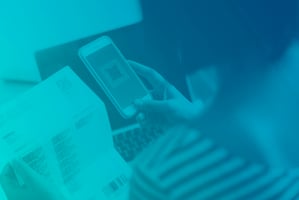Pix is an instant payment scheme developed, managed, operated and owned by the Central Bank of...
When the FedNow instant payments service launches in July 2023, it will enable a credit push of FedNow instant payments in support of every use case.
Financial Institutions will not only be able to send and receive at launch, but they can initiate a Request for Payment (RFP). This is the ability for a biller or merchant to request an instant payment from a consumer either for an invoice due on a specific date or for a merchant at point of sale.
Why would a biller or merchant want to issue an RFP? RFP is lower cost than credit cards, checks or other forms of payment, and the transaction is settled instantly.
While issuing a Request for Payment is a valuable way to enable digital payments from bank account to bank account, it is a new payment method unfamiliar to consumers. Consumers have to opt in and share their bank account information to receive a Request for Payment. It also requires financial institutions on both sides of the transaction to build out an entire set of messaging functionality and user interface to present the transaction information to the receiver. When an RFP is issued, it's hard to track. If it goes unpaid, the biller is left to wonder whether the consumer got notified, did they review it, or did they not pay it because they are waiting until the last minute?
RFP for B2B
RFP’s may be best suited for business-to-business transactions where both parties to the transaction have infrastructure built out to send and receive the RFP as well as pay it. Last minute or immediate payments in a B2B scenario could be ideal (e.g. freight deliveries) so the sender knows that the receiver will pay the RFP immediately upon receipt so the goods can be released. The rich ISO 20022 messaging is also shared with the biller along with the payment.
Financial Institutions who want to offer end-to-end digital payments to consumers may want to consider QR code payments. QR Codes are more familiar to consumers, financial institutions and billers/merchants than Request for Payments. They are also highly configurable.
QR Codes for Consumer-Related Payments
When consumers pay by QR Code, they aren’t required to opt in or share bank account information. Consumers already know how to scan QR codes using a mobile phone camera.
For financial institutions, this camera functionality already exists in most mobile banking apps thanks to remote check deposit. A simple panel is all that’s needed to be added to their mobile app’s user interface so the consumer can review the transaction information and pay. QR Code transaction data is stored in a database provisioned within a financial institution that can be queried and referenced for reports.
Billers can offer discounts or charge late fees that are automatically calculated when a consumer scans and pays a QR code. Merchants can leverage QR codes, too, for in-store or online purchases to be made immediately or within a short time window.
The information that flows along with a QR code transaction is highly configurable by the merchant or biller for easy reconciliation.
When a consumer scans a QR code, they are actively engaged in making a payment. With a Request for Payment, the consumer notification could be sent at a time that's inconvenient for the consumer like when they are boarding a plane and unlikely to review and pay.
In terms of settlement, processing QR codes payments in a closed loop environment is an ideal place to start. Closed loop means the merchant or biller and consumer have an account at the same financial institution.
Over time, as more financial institutions get on RTP and FedNow, this closed loop can open up to process payments via RTP and FedNow.
QR code payments are commonplace in Brazil. There are nearly 3 billion instant payments in Brazil per month. Over 20% are initiated by QR codes. Consumers scan them to make payments at point of sale and to pay bills due on a specific date. Payments are processed instantly from one bank account to another.
This same EMVCo-based technology has been adapted to work in the U.S. in a closed-loop environment.




